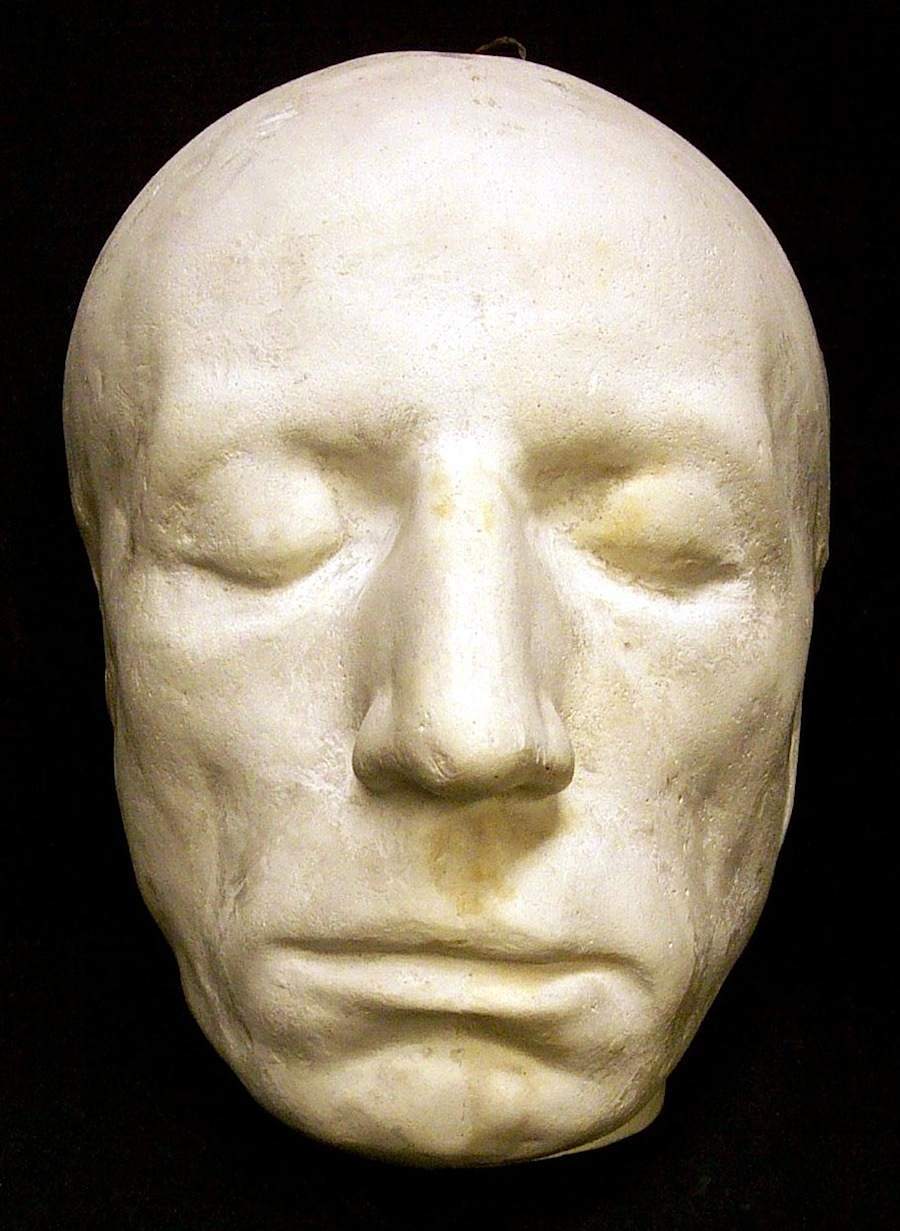
After being inspired by Paganini, he wrote to a friend, “My mind and fingers are working like the damned Homer, the Bible, Plato, Locke, Byron, Hugo…., Beethoven, Bach, Hummel, Mozart, Weber, are all around me. Virtuosity didn’t just happen to Liszt – he worked really hard for it. Liszt determined then and there to be to piano what Paganini was to violin (and he succeeded). When Liszt saw the violin virtuoso Paganini perform in 1832, it set his soul on fire. His early composition attempts were criticized.

Liszt wasn’t immediately famous, however. He even moved where the piano was positioned on stage so the audience could see his hands, and so the sound would project more loudly. Liszt’s fame allowed him to fill concert halls with his solo performances, and he elevated the piano as a solo instrument in the concert hall as well. But sometimes Liszt couldn’t find any musicians to share a program with (what with his thousands of performances), and so performed some solo recitals. In the early 1800s, it was unheard of for a single musician to play an entire concert on his own. “It was as if a ray of sunlight passed over every face.” 7. Hans Christian Anderson wrote of Liszt, “When Liszt entered the saloon, it was as if an electric shock passed through it,” he wrote in his diary after seeing Liszt for the first time. They called it “Lisztomania” – women would faint and go into a frenzy when he performed, so much so that local doctors thought it was an epidemic of mental illness.Īnd it wasn’t just women swooning for Liszt! Upon seeing Liszt, one critic, Yuri Arnold, wrote: ““As soon as I reached home, I pulled off my coat, flung myself on the sofa, and wept the bitterest, sweetest tears.” It was during this period, in the 1800s, where Lisztomania began and his fame skyrocketed.Įven after he retired from relentless touring, his reputation as one of the greatest pianists of all time, would stay with him throughout his life and beyond. That means he performed over 1,000 concerts in this decade. Liszt spent almost a decade of his life touring Europe and performing relentlessly, usually 3-4 times a week. Instead, he helped them with big picture thinking, expression and storytelling through piano. He would travel long distances to get to their houses, and worked very late because of this.Īs a piano teacher, Liszt was less concerned with technical details – he wanted his students to “clean their dirty laundry” at home. In his younger days he would teach from morning to night, with students scattered all across Paris. Liszt spent many years of his life teaching piano, which he would often do in a group setting. List also took lessons from Antonio Salieri, a peer of Mozart’s.

Carl Czerny was one of Beethoven’s best students, and was a renowned piano teacher. In addition to his father knowing the Classical greats, Liszt himself studied with Carl Czerny as a boy. In addition to his tempo skills, he was an excellent sight-reader as well (are you really surprised?).


Liszt’s father was strict about him practicing with a metronome, which might be one reason Liszt was well-known for his ability to keep absolute tempo. Young Liszt would listen to his dad play piano, and began lessons and composition with him as a young boy. Adam Liszt, his father, worked at Esterhazy, the same estate where Haydn worked for much of his life. Liszt’s interest in music began with his father, who was a musician and personally knew Classical giants such as Haydn and Beethoven. Definitely check out that video if you’re interested in more Liszt details! We’ve done a brief history video on Liszt, and there is a bit of overlap in this video – though this one is more for fun anecdotes and such. In today’s video, we’re going to have a bit of fun and look at 24 fascinating facts about Franz Liszt, a Romantic-era superstar who was renowned as a piano virtuoso.


 0 kommentar(er)
0 kommentar(er)
